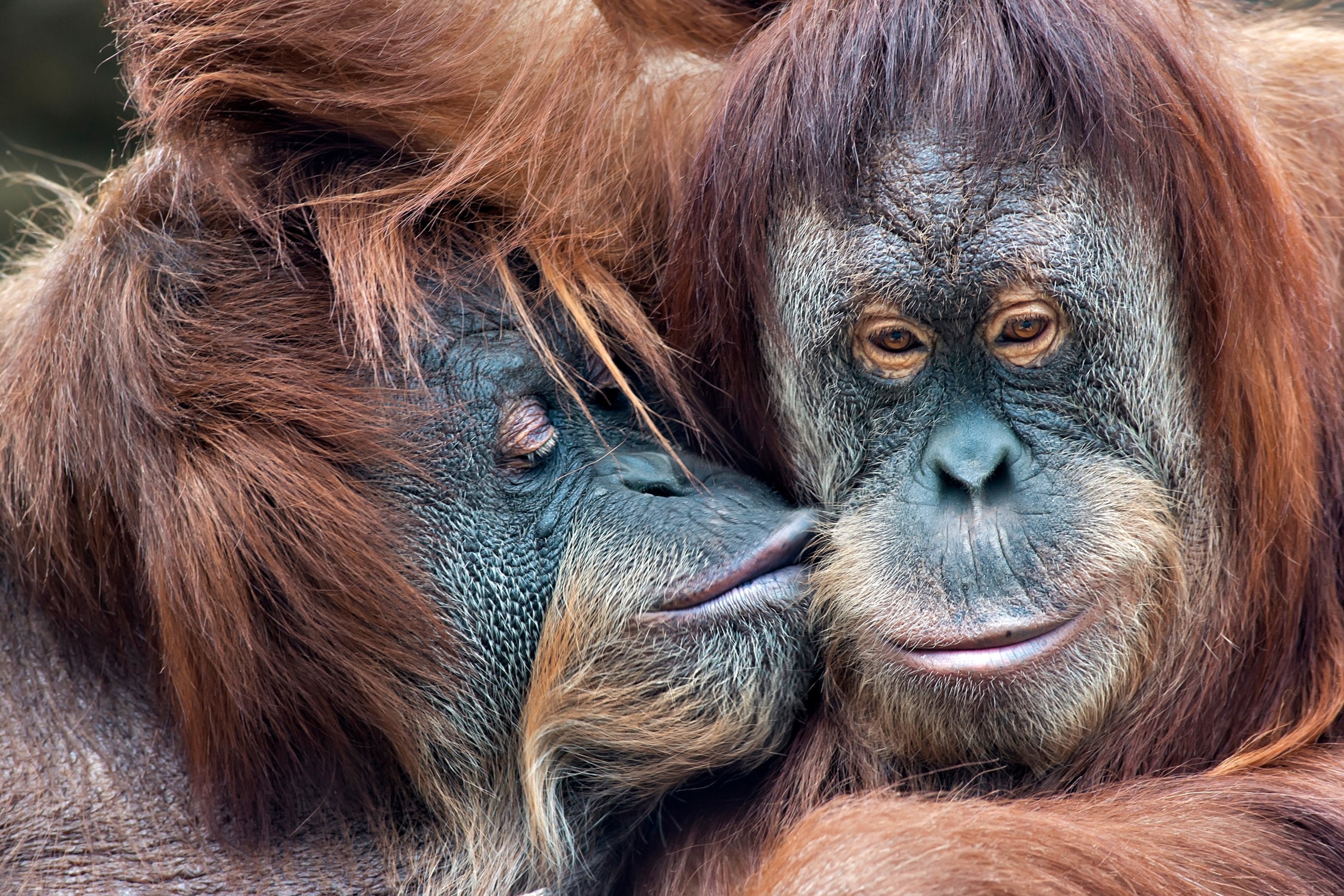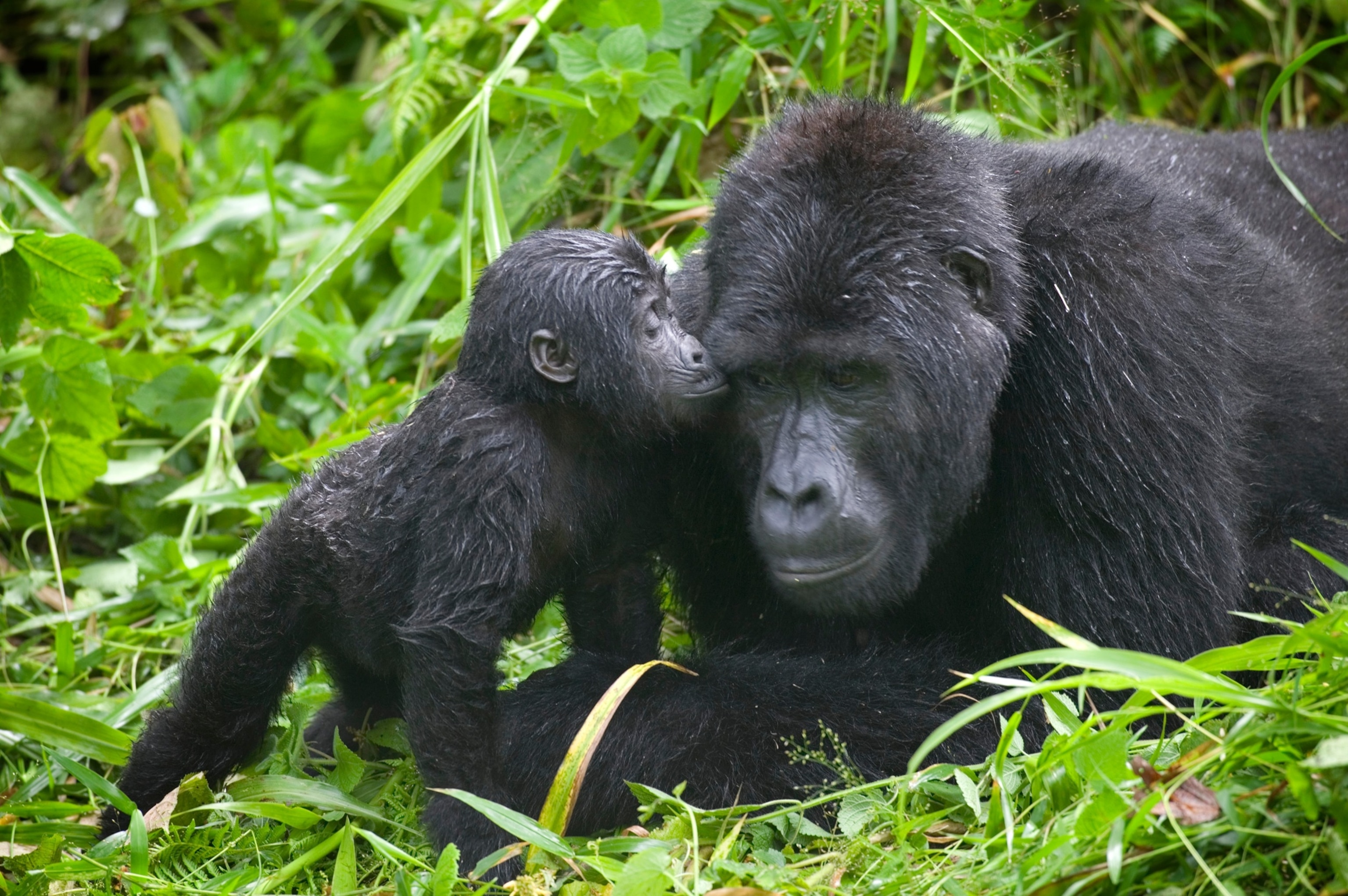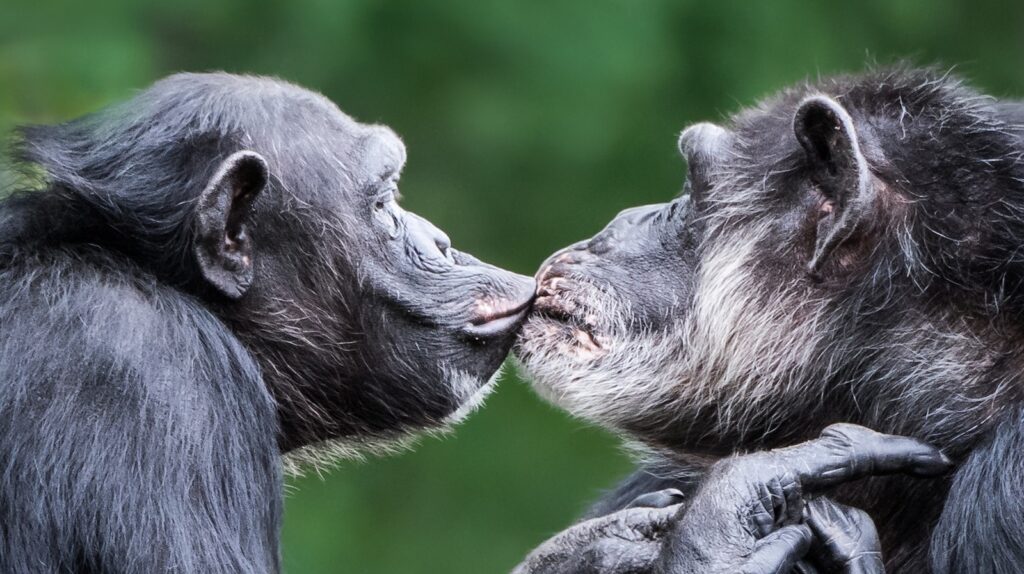Stories have long been swapped on awkward first kisses and princesses smooching frogs, but a new study suggests the earliest instance of two lips pressing together happened up to 21 million years ago — prior to the existence of humans.
The study, which was published on Wednesday in the Journal of the Human Behavior and Evolution Society, found that the very first kiss likely occurred roughly 21.5 to 16.9 million years ago, before the first appearance of Homo sapiens 300,000 years ago.
“These are deep-rooted evolutionary behaviors,” Matilda Brindle, an evolutionary biologist at Oxford University and lead researcher for this study, told ABC News.

Before this revelation, no study had explored the “evolutionary history” of kissing, according to the researchers.
“Kissing is a socio-cultural phenomenon extensively discussed in academic disciplines ranging from literature to history, the arts and psychology, but it is little addressed from the perspective of evolutionary biology,” the study said.
Before embarking on the study, researchers noted that they established a definition of kissing as a “non-agonistic interaction involving directed, intraspecific, oral-oral contact with some movement of the lips/mouthparts and no food transfer.”
This definition, which could be applied across taxonomic groups, would help Brindle and her colleagues avoid anthropomorphism — the attribution of human traits to non-human entities — the study noted.

After collecting data on kissing across primates and employing “phylogenetic methods to reconstruct the evolutionary history of kissing,” researchers found that the activity of smooching first evolved in “most extant large apes, and likely occurred in Neanderthals,” according to the study.
“We paired our data on observations of kissing in living primates with this information on the genetic relationship between the primates, and we basically then tracked back through evolution,” Brindle said.
Additionally, the study supported the hypothesis that at one point, “humans and Neanderthals kissed one another,” aligning with previous research indicating the two transferred “commensal oral microbes” — or saliva.
“Given that humans and Neanderthals were interbreeding and sharing saliva, and that both humans and Neanderthals are known to kiss, we suggest that it kind of tips the scale toward that idea that humans and Neanderthals might have been kissing each other,” Brindle said, calling this finding a “much more romantic spin on human-Neanderthal relationships.”
Along with revealing the ancient origins of kissing, the study also showed that the activity has a “strong phylogenetic signal within the Afro-Eurasian monkeys and apes,” meaning it was a common trait among their ancestors.
“We know that humans, bonobos and chimpanzees all kiss. These are incredibly closely related to one another, so it makes sense that the ancestor that those species all share also kissed,” Brindle said.
While the role of kissing in evolutionary function remains to be unknown, Brindle and her colleagues — referencing a quote attributed to actress Ingrid Bergman — hope the study reminds readers that a kiss is more than “a lovely trick designed by nature to stop speech when words become superfluous.”
“Humans aren’t the only animal to kiss. It happens across the animal kingdom. We found polar bears kiss each other. It just puts humans firmly in the middle of all the other animals rather than this idea that we’re somehow above them or different.” Brindle told ABC News.

